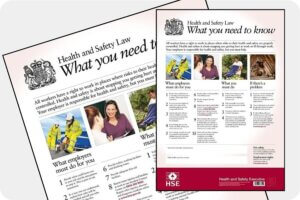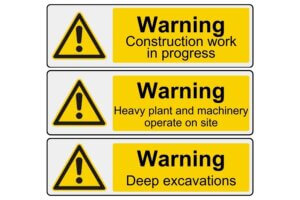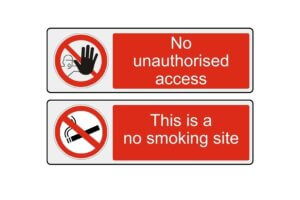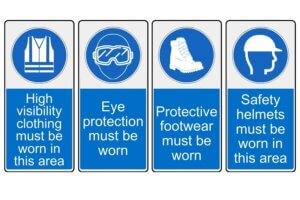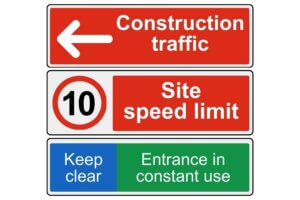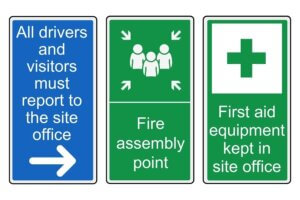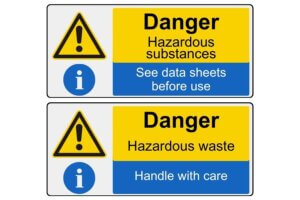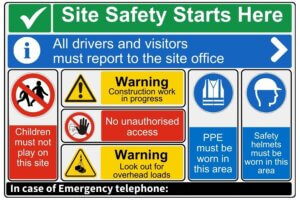Timber Frame Timings and Process
Site welfare facilities are essential on construction sites in the UK for several reasons, primarily to ensure the health, safety, and well-being of construction workers. The following are key reasons why site welfare is required for construction workers:
- Health and Safety: Ensuring the health and safety of construction workers is a top priority in the UK construction industry. Site welfare facilities help minimize risks by providing a safe and hygienic environment for workers to rest, eat, and access essential services.
- Rest and Breaks: Construction work can be physically demanding and mentally taxing. Site welfare facilities offer workers a place to take breaks, rest, and recharge. Adequate rest is crucial for maintaining concentration and reducing the risk of accidents due to fatigue.
- Hydration and Nutrition: Access to clean drinking water and food storage facilities is vital to keep workers properly hydrated and nourished throughout the workday. Adequate nutrition and hydration contribute to workers’ overall health and well-being.
- Toilet Facilities: Construction sites are often located in areas where public restroom facilities are not readily available. Site welfare includes provision for clean and accessible toilet facilities, which are essential for workers’ comfort and hygiene.
- Handwashing and Personal Hygiene: Proper handwashing facilities with soap and water are crucial for maintaining personal hygiene, reducing the spread of germs, and preventing the risk of infections and illnesses on site.
- First Aid and Medical Care: Site welfare may include first aid stations or medical rooms equipped to handle minor injuries and medical emergencies. Prompt access to medical care can make a significant difference in the event of an accident.
- Warm and Dry Shelter: In the UK’s variable weather conditions, it’s essential to provide shelter from rain, wind, and cold temperatures. Site welfare facilities often include sheltered areas where workers can seek refuge during adverse weather.
- Privacy and Dignity: Adequate site welfare facilities respect workers’ privacy and dignity. Access to clean and private toilet and washing facilities is a fundamental aspect of this.
- Legal Requirements: UK health and safety regulations, including the Construction (Design and Management) Regulations 2015, require construction sites to provide suitable and sufficient welfare facilities for workers. Failure to comply with these regulations can result in legal consequences and penalties.
- Productivity and Morale: Site welfare facilities contribute to higher worker morale and job satisfaction, which will ultimately lead to higher productivity.
In summary, site welfare facilities are a legal and ethical requirement on construction sites in the UK. They play a crucial role in safeguarding the health, safety, and overall well-being of construction workers, contributing to a safer and more productive work environment. Compliance with these requirements is not only a legal obligation but also an essential aspect of responsible construction management.
Transparency and clarity are key throughout your self build journey, and we’re here to provide just that. Here’s a simple breakdown of the steps involved, from your initial enquiry to the installation of your Timber Frame super structure:
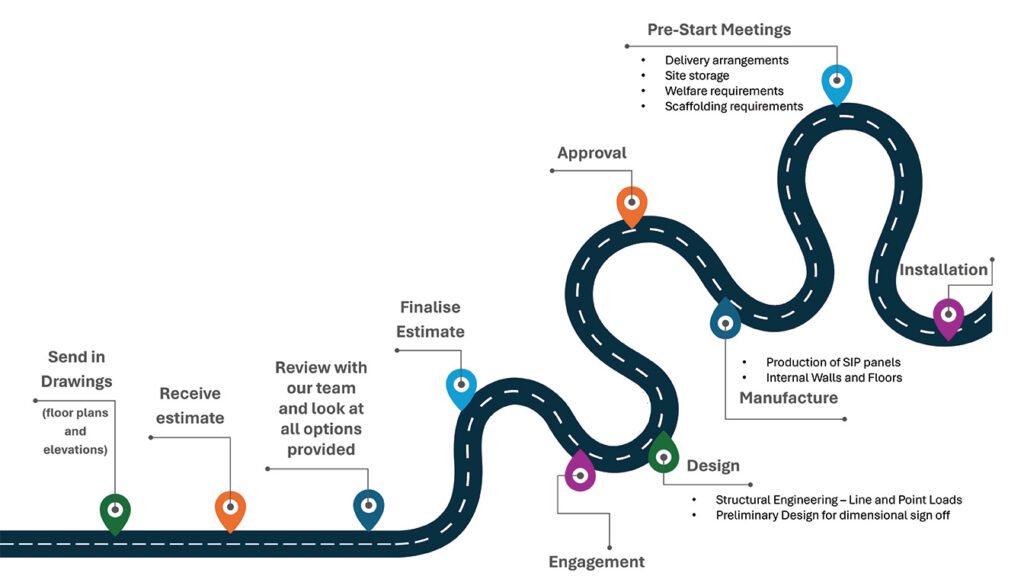
In the UK, building site signage is essential for safety and compliance with legal requirements. The Health and Safety (Safety Signs and Signals) Regulations 1996 and the Construction (Design and Management) Regulations 2015 (CDM 2015) outline the requirements for signage on construction sites.
- Health and Safety Law Poster: Employers must display the approved poster in a prominent place or distribute equivalent leaflets to employees.

- Warning Signs: These signs warn of hazards or dangers, such as deep excavations, overhead loads, or the presence of asbestos. They are usually yellow with black text and symbols.

- Prohibition Signs: These signs prohibit specific actions to maintain safety, such as “No Smoking” or “No Entry” signs. They are generally red with white text and symbols.

- Mandatory Signs: Indicating actions that must be taken, such as wearing hard hats, safety goggles, or other personal protective equipment (PPE). These signs are usually blue with white text and symbols.

- Fire Safety Signs: Identifying firefighting equipment and emergency exits. These are often red (for fire equipment signs) or green (for exit signs).

- Traffic and Pedestrian Management Signs: Directing vehicle and pedestrian movements around and within the site to ensure safety. These can include speed limits, pedestrian routes, and vehicle parking areas.

- Information Signs: Providing general information, such as site office locations, first aid posts, and assembly points. These signs are often white or green with text and symbols.

- Hazardous Substance Signs: Warning about dangerous substances. These must comply with the Classification, Labelling and Packaging (CLP) Regulation.

- Site Safety Boards: Often placed at site entrances, these boards provide a range of information including emergency contact numbers, the names of key health and safety personnel, and specific hazards on the site.

Signage required can vary depending on the nature and location of the project. It’s important to conduct risk assessments to determine the necessary signs for the site to ensure compliance and maintain safety. Additionally, it’s essential to ensure that all signs are clear, legible, and well-maintained throughout the project. The items mentioned here are only a brief understanding of what may be required – to ensure compliance the advice of a suitably qualified professional should always be sought.

